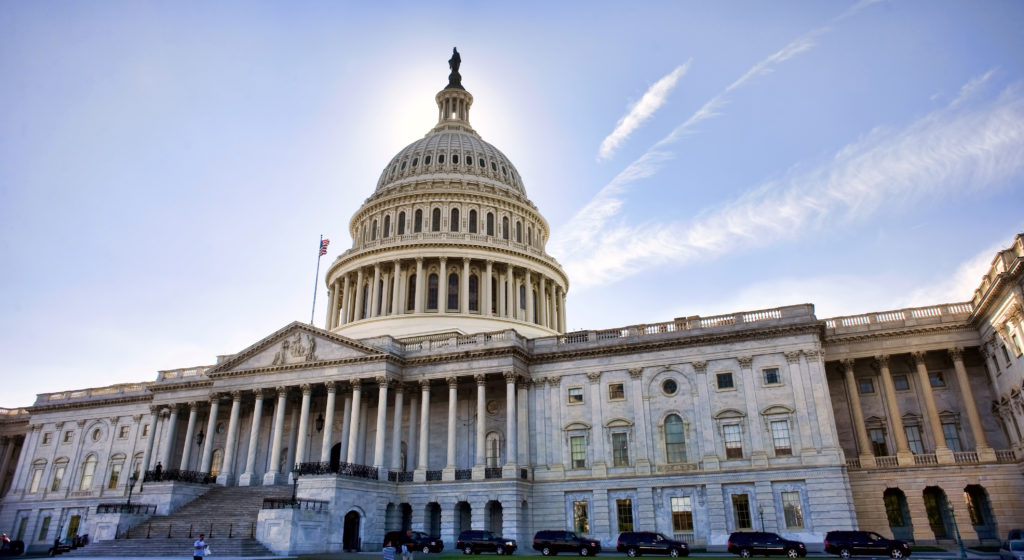
Stakeholders are to thank for helping regulators to continue progressing the trucking industry, said Transportation Secretary Elaine Chao. The industry as a whole has been leaning on innovative automated technology as a look ahead to the future of trucking, but the unprecedented challenges brought about by the coronavirus pandemic have made those forward-thinking mindsets tricky to keep steady.
During her time as Transportation Secretary, Chao said that the partnerships and collaborations she has been able to create and maintain have made her the most proud during her three years in the position.
These partnerships with the agency include those with technology experts, shipping groups, and state and local government officials who have all had their own guidance and knowledge to offer.
“We understand that they know what they’re doing and their government is not this all-knowing command and control entity,” said Chao, noting that making plans for COVID-19 vaccine transportation has been a huge collaborative effort between the agency and shipping groups, airline companies, and other government agencies.
“We want to be a problem-solver,” she stated.
Chao considers one of these problem-solving efforts to be that of the revised hours-of-service regulations, which were announced by Chao and former Federal Motor Carrier Safety Administration acting Administrator Jim Mullen in May.
The revision came after the FMCSA reviewed around 8,000 public comments and made a decision to grant truckers more flexibility in regards to their on-duty driving time restrictions, sleeper berth and rest-time requirements, and adverse driving condition rules.
FMCSA also announced that it would extend hours-of-service regulation flexibility for truckers working to haul necessary supplies and goods to hospitals, stores, and individuals during the pandemic, as well as those transporting COVID-19 vaccines.
“We believe that the operators of commercial vehicles know the conditions under which they work, and that they know best what are common sense solutions,” explained Chao. “The federal government’s not in the cabin, on the roads. The truck drivers are. They know how difficult their job is. We know how difficult their jobs can be.”
Looking forward, automated vehicle technology is believed to bring major change and innovation to the trucking industry. Chao explained that the Department of Transportation needs to work on both innovative transportation systems and on boosting overall road safety and security.
DOT launched the Automated Vehicle Transparency and Engagement for Safe Testing Initiative–AV TEST–in June, in an effort to boost public knowledge in regards to upcoming automated vehicle tech.
AV TEST, according to Chao, will help increase transparency about the technology for those currently concerned and hesitant about it. She hopes it will work to both ease fears regarding new technology and soothe worries that AV may cost people their jobs.
“I also say to the innovators that they need to share their enthusiasm with the rest of the country, because there are people who are hesitant, anxious, [and] afraid of this new technology,” she said. “Consumer acceptance will be the constraint to growth.”
Chao is also working to help rural communities, with an allocation of federal resources divided evenly between rural and urban areas through specific grant programs. DOT has given around $300 billion in funding since January 2017, with $43.3 billion of that coming through 7,933 discretionary grants.
Rural area investments are vital, Chao explained, as rural Americans suffer disproportionately high road accident and death rates. More than 36,000 rural bridges are in poor condition, and 90% of load-posted bridges are located in rural regions, making detours in these areas especially difficult for trucks.
“I come from rural America, and I know that rural America does not want a handout,” said Chao. “They just want equity in the distribution of federal resources. It’s an issue of equity, as well as safety.”
DOT released an online tool in July for those interested in the Rural Opportunities to Use Transportation for Economic Success program, which is meant to bring equal opportunity to those interested in grant programs. The tool makes applicant requirements clear and organizes programs by project and applicant eligibility.
Reader Interactions